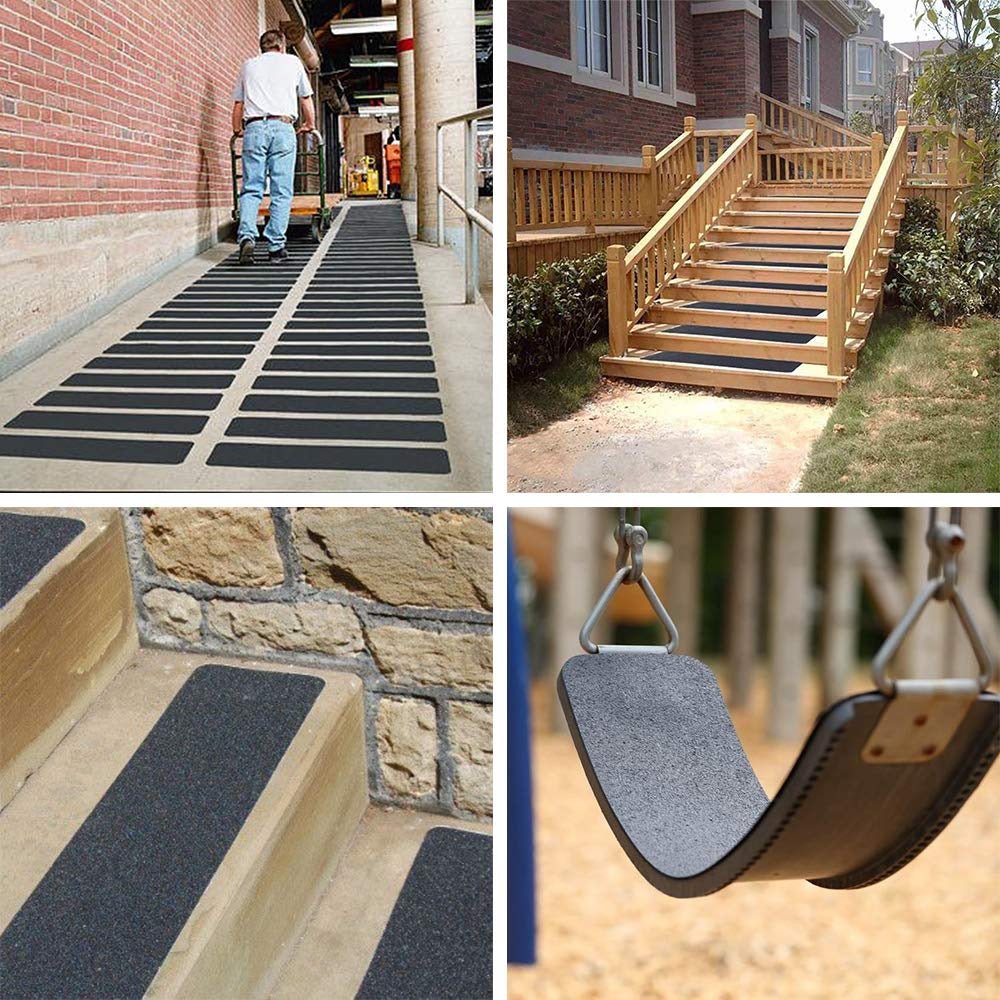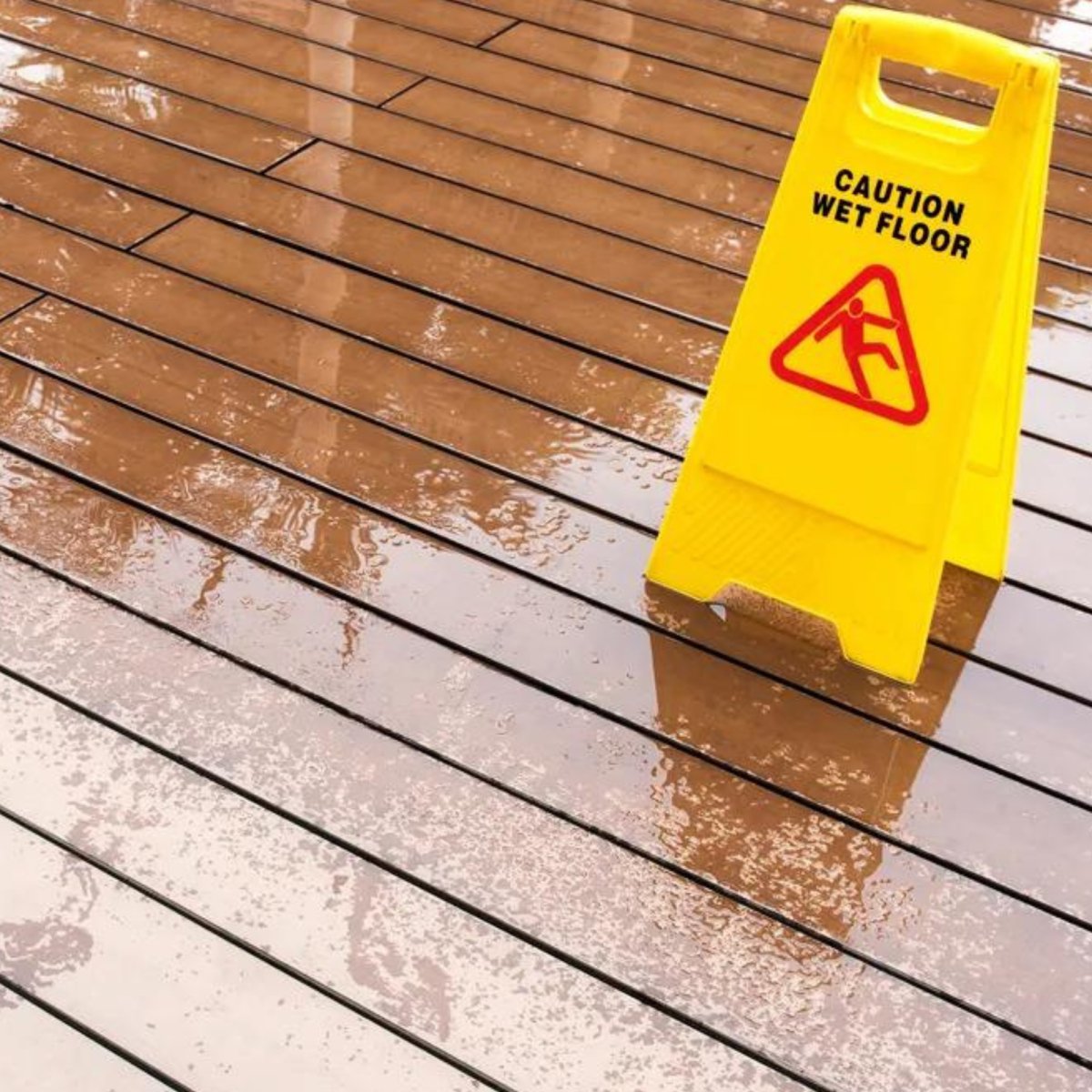Summer is drawing to a close, and as cooler, wetter weather approaches, it's essential to take steps to protect your deck. Slippery decking can become a significant safety hazard during the transition from summer to autumn, especially when ice and snow come into play. To help you prevent accidents and ensure the safety of your outdoor space, we've compiled a list of eight effective tips for making your deck non-slip.
1. **Clear Debris and Fungus**: Begin by removing fallen leaves, twigs, and any fungal growth from your decking. For safe cleaning of algae or fungus, use a stiff-bristle brush or a plastic scraper to protect your timber or composite decking boards. Make it a habit to brush your decking every two weeks to prevent winter buildup.
2. **Utilize Algae and Moss Killers**: Regularly inspect your deck for signs of moss or algae, which can make it slippery. Grooved decking boards can help, but in regions with frequent rain, consider using quality moss and algae-killing products to prevent their growth.
3. **Regular Cleaning**: Maintain your deck during winter by cleaning it regularly. Clear debris with a broom or sweep standing water after rain. Use a tool like a trowel to remove leaves stuck between decking boards. Ensure your deck is clear before snowfall, as debris under snow can encourage growth and add unnecessary weight.
4. **Use Rubber Mats**: Although not the most visually appealing solution, rubber mats can provide a quick and temporary non-slip surface during winter. Lay out a narrow walkway using weather-resistant rubber mats, and store them for future use when spring arrives.
5. **Safe Ice Removal**: When winter conditions make your deck extremely slippery, avoid using metal tools or salt to remove ice and snow, as these can harm your decking. Grit can be used on composite decking if gently brushed off after the ice melts.
6. **Apply Non-Slip Decking Strips or Tape**: Consider installing abrasive non-slip decking strips or tape, especially if your deck lacks a non-slip surface. These strips provide a more permanent solution by screwing them onto the deck's surface, making it safer.
7. **Use Non-slip Decking Oil**: For a longer-term solution, apply non-slip decking oil to your timber decking. Unlike paints and varnishes, this oil doesn't flake and is easy to reapply as needed. It creates a rougher, non-slip surface without significantly altering the deck's appearance.
8. **Install an Anti-Slip Deck**: If your existing deck is aging or you plan to install a new one, consider an anti-slip deck made with pre-treated timber. These decks are resistant to fungal growth and insects and feature built-in abrasive strips for a natural look that's safe. They provide long-term peace of mind and eliminate the need for ongoing maintenance.
At Slips Away, we offer a range of sturdy, high-quality anti-slip decking boards that ensure your deck remains non-slip for years to come. If you need expert advice on your timber deck, visit any of our depots, and our experts will be happy to assist you. Stay safe and enjoy your outdoor space throughout the year!
BUY : https://slipsaway.co.uk/collections/non-slip-decking-strips














